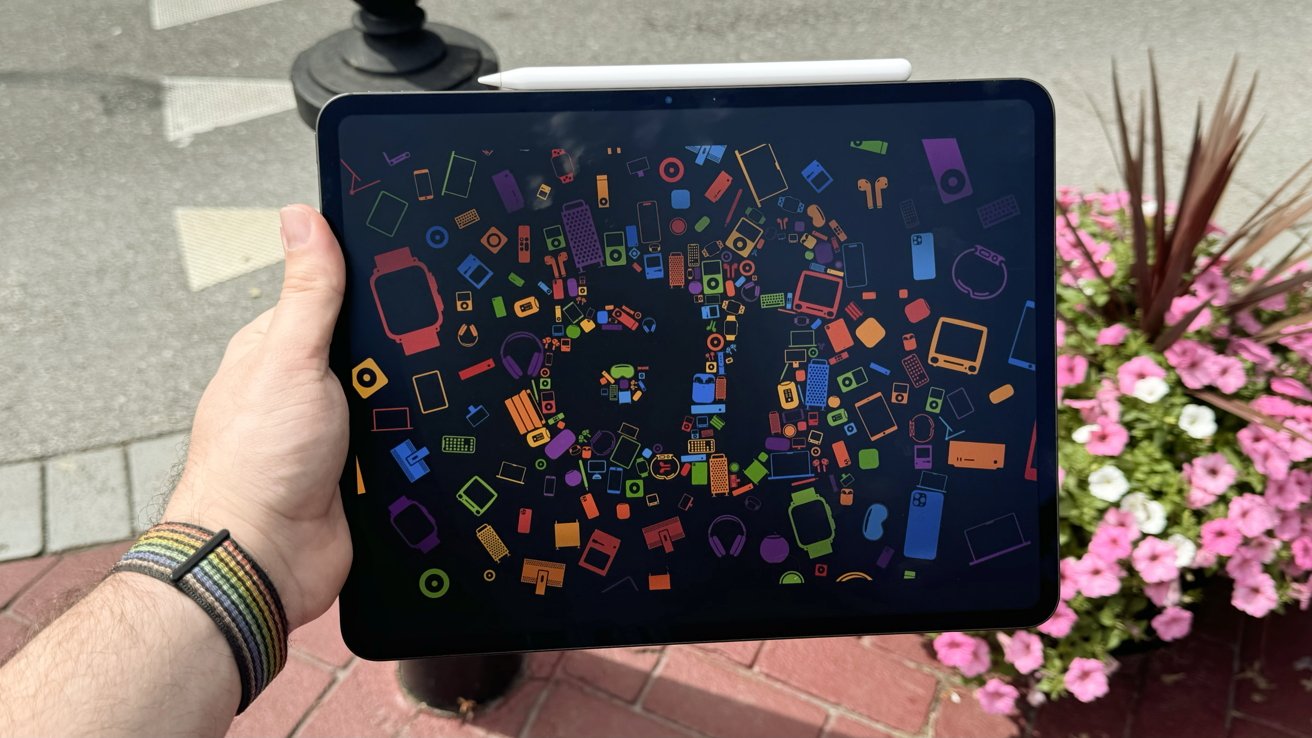I’ve shared before that my iPad Pro is my go-to device for work, even though I have a Mac Mini. The hardware is stunning, and the way it handles single apps is just perfect. With iPadOS 18, Apple introduced tons of new features that make this love affair even stronger. Let’s dive into some lesser-known but super useful features.
1. Easy Unit Converter
iPadOS 18 finally brought a calculator app to the iPad, but it’s the built-in converter that’s a game changer. Whether you need to change centimeters to feet, Pascals to Bar, or dollars to Rupees, it’s all there. Plus, it works offline, so no internet? No problem!
2. Sharing Wi-Fi with a QR Code
Sharing Wi-Fi with friends is now easier, even if they don’t have an Apple device. The new Passwords app lets you create a QR code for your Wi-Fi:
- Open the Passwords app.
- Click on Wi-Fi.
- Select your network.
- Tap ‘show QR code’.
- Let your guest scan the code. They’re connected!
3. Formatting Drives
This was a big one for me. Now, you can format drives or SD cards right from the Files app:
- Connect your SSD to your iPad.
- Long press the drive in the Files app.
- Tap ‘erase’.
- Choose your format.
- Tap “erase” again. Done!
4. Turn Apps into Widgets
Customizing your home screen just got easier. Now, you can turn any app into a widget directly:
- Long press an app icon.
- If it has a widget, you can change it right there without going into settings.
5. Hide Unwanted Web Content
Safari’s new feature lets you hide annoying parts of web pages:
- Go to any page in Safari.
- Tap the three dots in the URL bar.
- Choose ‘Hide Unwanted Content’.
- Tap what you want to hide.
- Click ‘hide’. It’s gone until you decide otherwise!
These features really make your iPad experience smoother and more tailored to your needs. Check out these hidden gems and make your iPad work even better for you.




